Luhring Augustine presents Wish Maker, a two-venue solo exhibition by Salman Toor, marking his first major presentation in New York since his acclaimed 2020 show at the Whitney Museum of American Art. Spanning the gallery’s Chelsea and Tribeca locations, the exhibition includes a suite of new paintings alongside Toor’s first dedicated presentation of works on paper.
Born in 1983 in Lahore, Pakistan, and based in New York, Toor explores themes of vulnerability, community, and identity within the context of queer and diasporic life through his vivid, emotionally charged figurative compositions. His characters—brown, queer, and often caught in states of reflection or reverie—navigate worlds that are at once intimate and exposed. Some dwell in private interiors, bathed in warmth and safety; others appear in liminal spaces, suspended between departure and arrival, comfort and uncertainty. Rendered in his signature palette of moody greens and jewel-like tones and almost irresistible brushwork, Toor’s figures do not simply inhabit their worlds—they float through them, blur into them, or collapse onto them in so-called “fag puddles” of limbs, fabrics, and objects. This fusion of body and setting becomes a vehicle through which Toor negotiates presence and erasure, as well as belonging and alienation.
The exhibition’s title, Wish Maker, gestures toward longing and imaginative agency—a quiet insistence that desire itself is a form of making. In these works, wishing becomes both a political act and a personal gesture. The figures here may be conjured from imagination, but the conditions they evoke—hope, love, fear, displacement—are deeply real. At Luhring Augustine Chelsea, Toor’s paintings present a sequence of imagined scenes—some filled with the quiet of domestic tenderness, others charged with a theatrical sense of anticipation or unease. Across the city at Tribeca, his drawings and etchings delve into similar terrain, offering a more distilled, gestural lens through which to encounter his invented world. These works on paper trace moments of connection, self-awareness, and transformation in fluid, tender lines.
As writer Evan Moffitt has observed, Toor’s green hues oscillate between reverence and rupture—between dream and disquiet. Like the emerald lens through which Nero is said to have watched gladiators, Toor’s palette filters the world in paradox: light as a balm, green as poison, the beautiful edged with danger. This dynamic continues in his use of recurring motifs and layered iconography. By adorning his subjects in hybrid fashions and setting them against ambiguous backgrounds, Toor’s compositions complicate easy readings of identity or belonging. His works often reference art history and classical painting traditions while incorporating modern fashion, pop culture, and personal memory. In their amalgamation, these visual languages unmoor the figures from fixed narratives of time or place.
For more information, please consult the gallery’s website here.
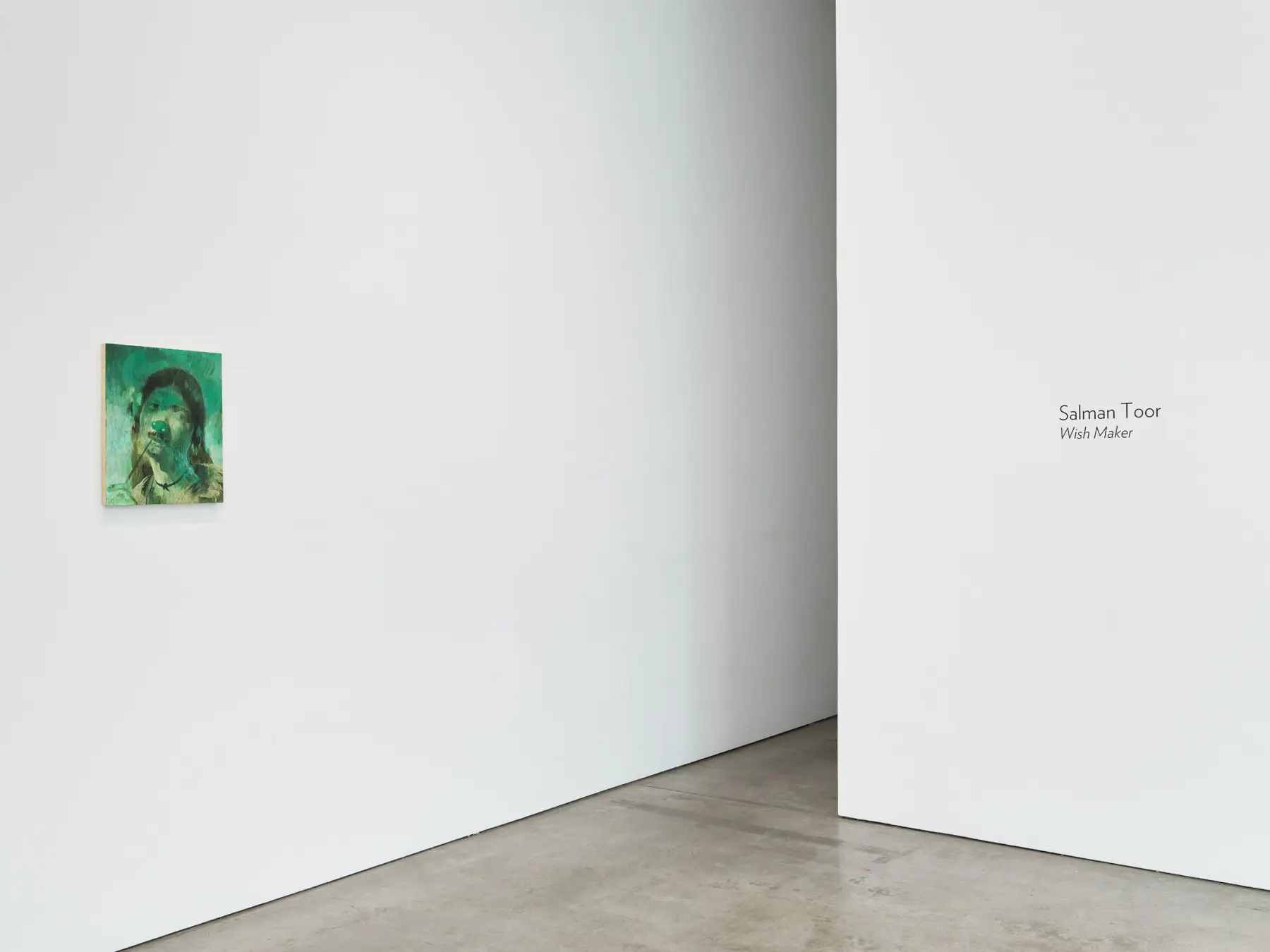
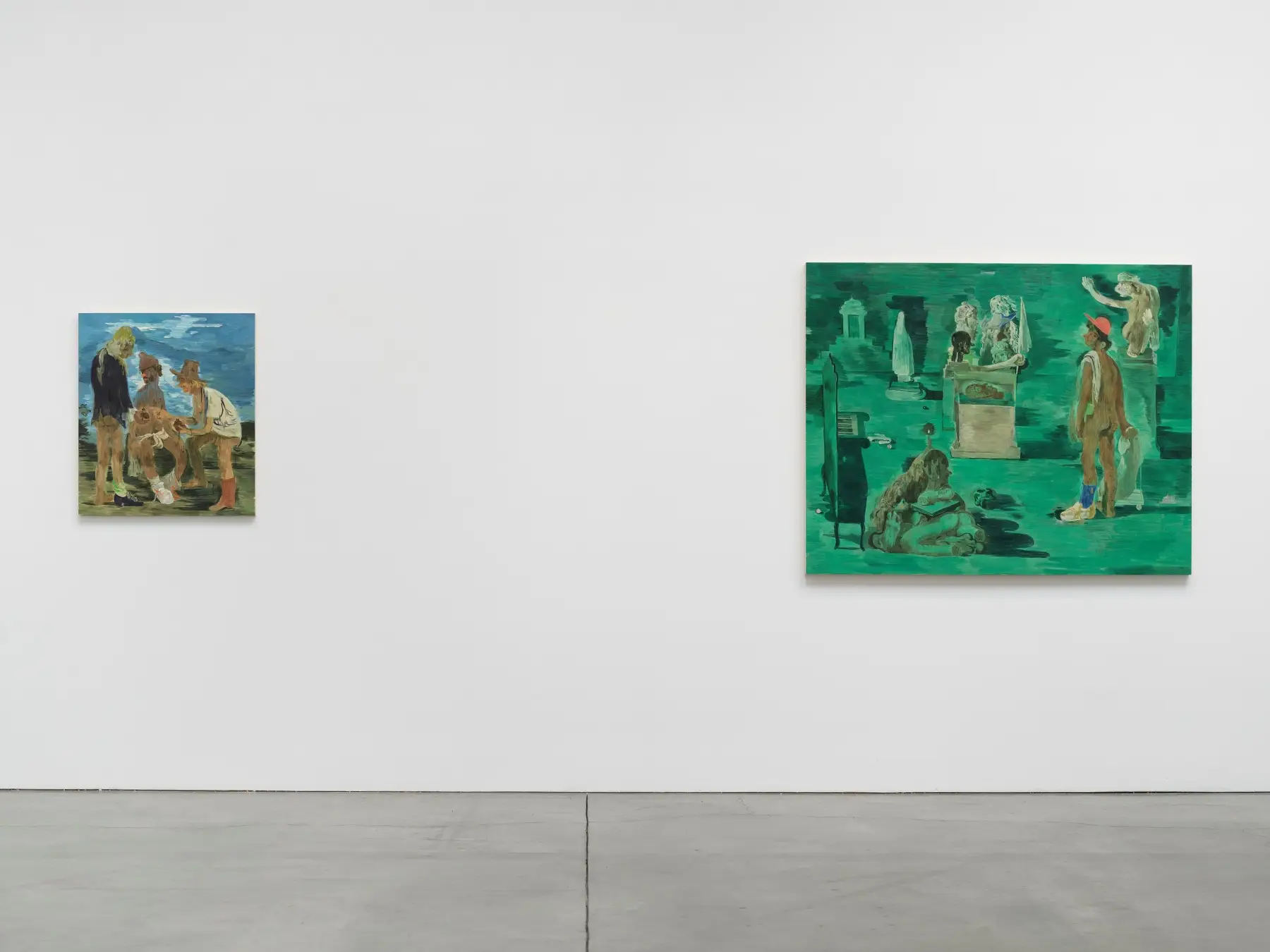
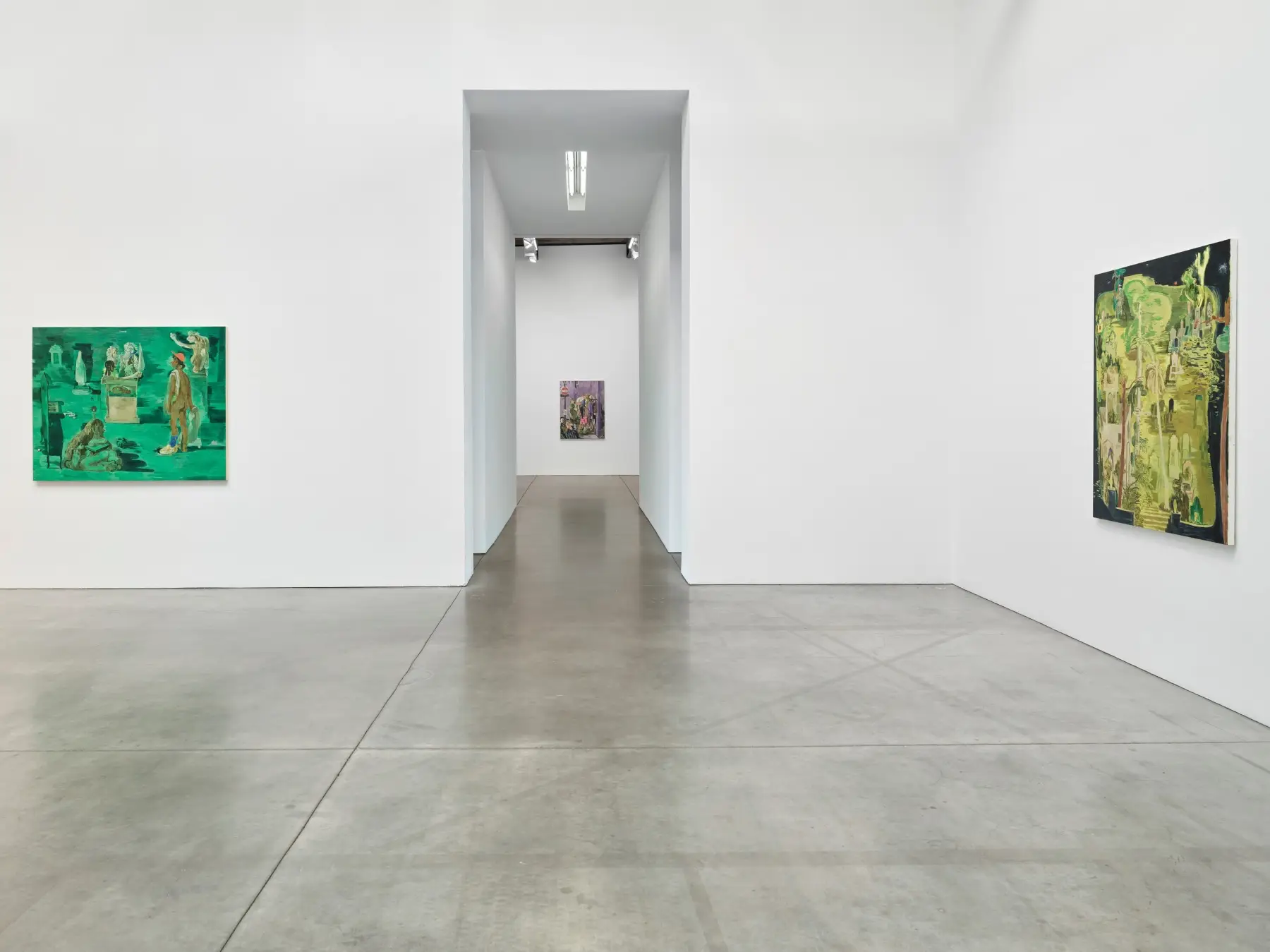
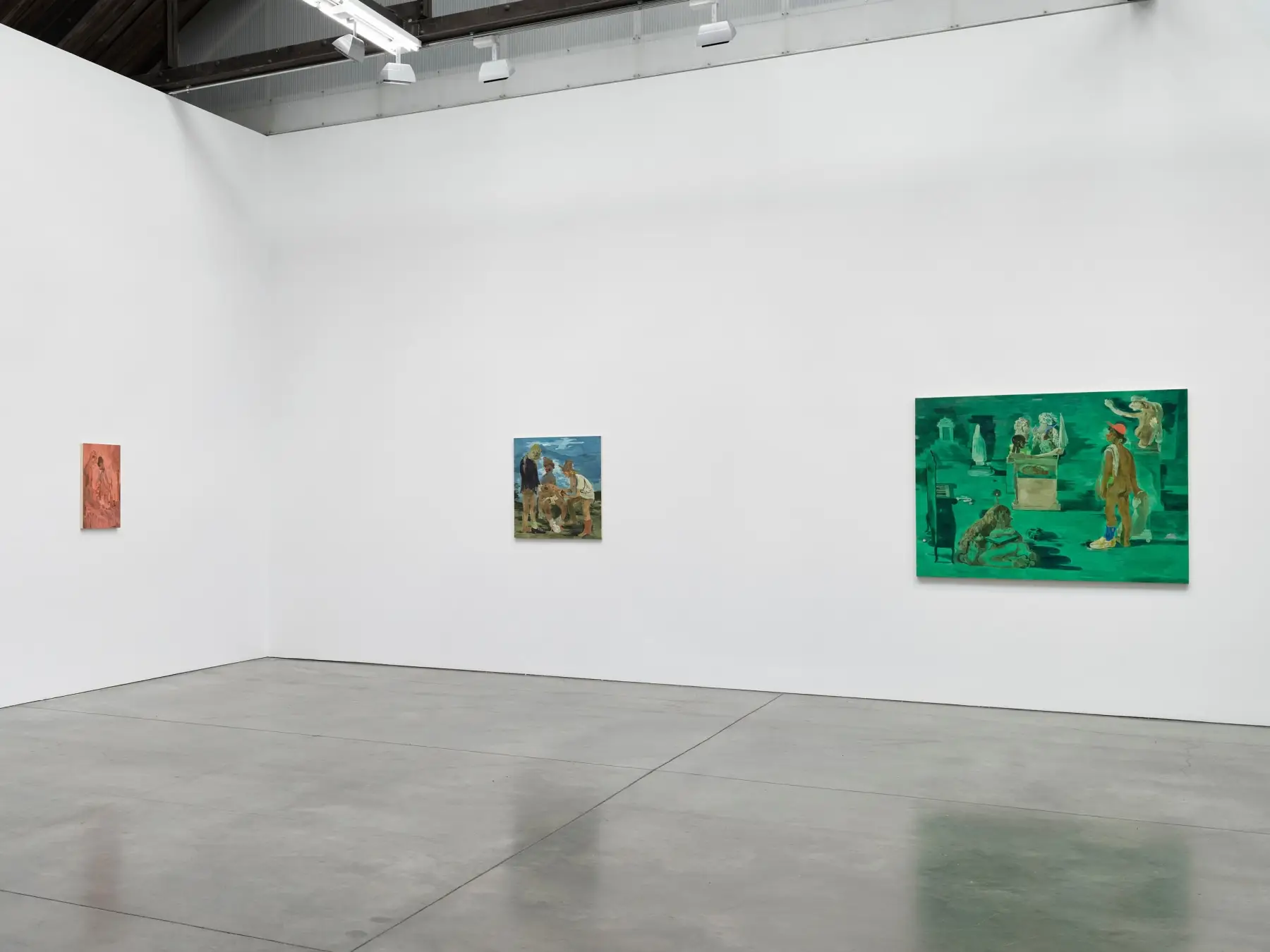
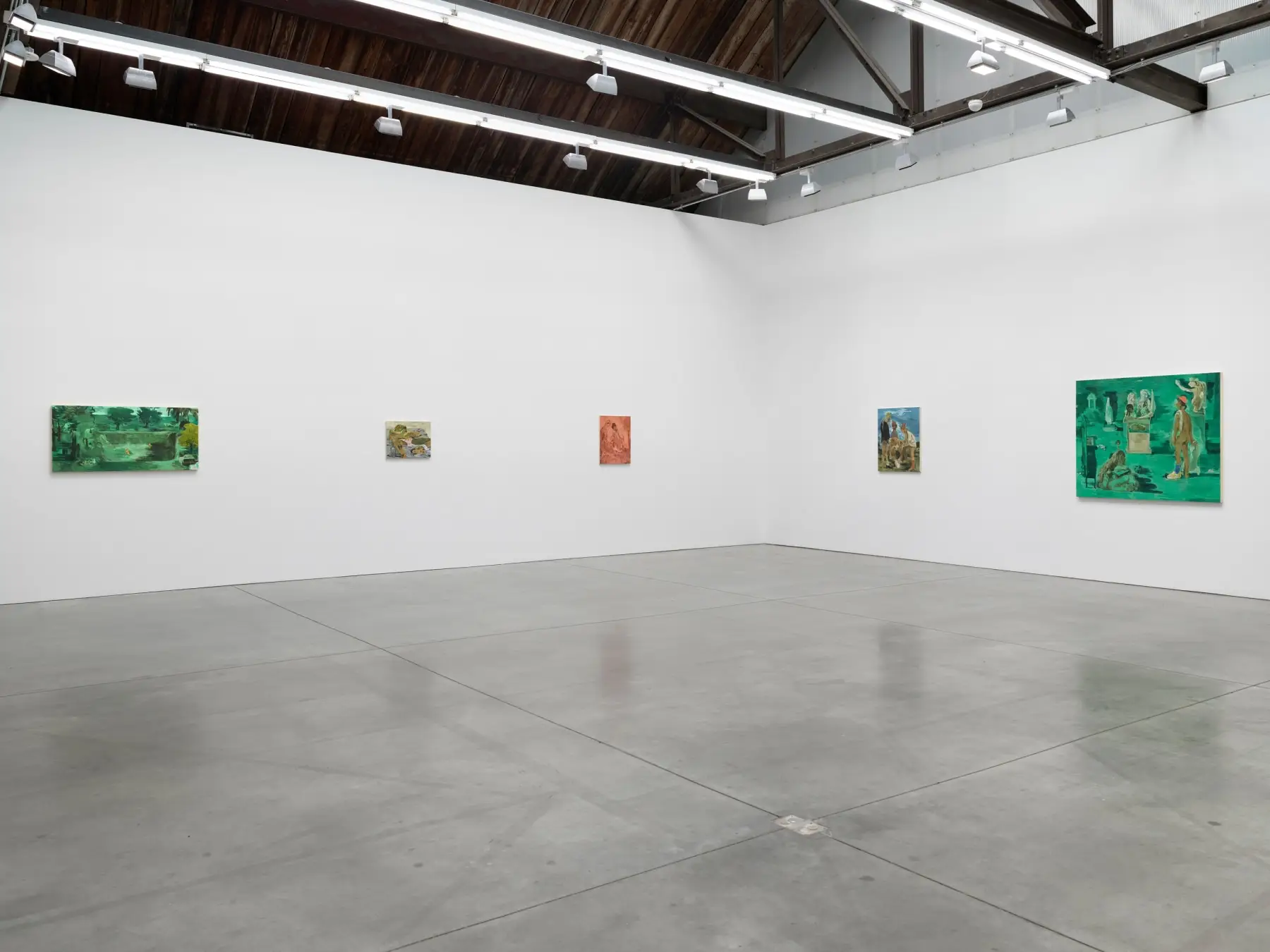
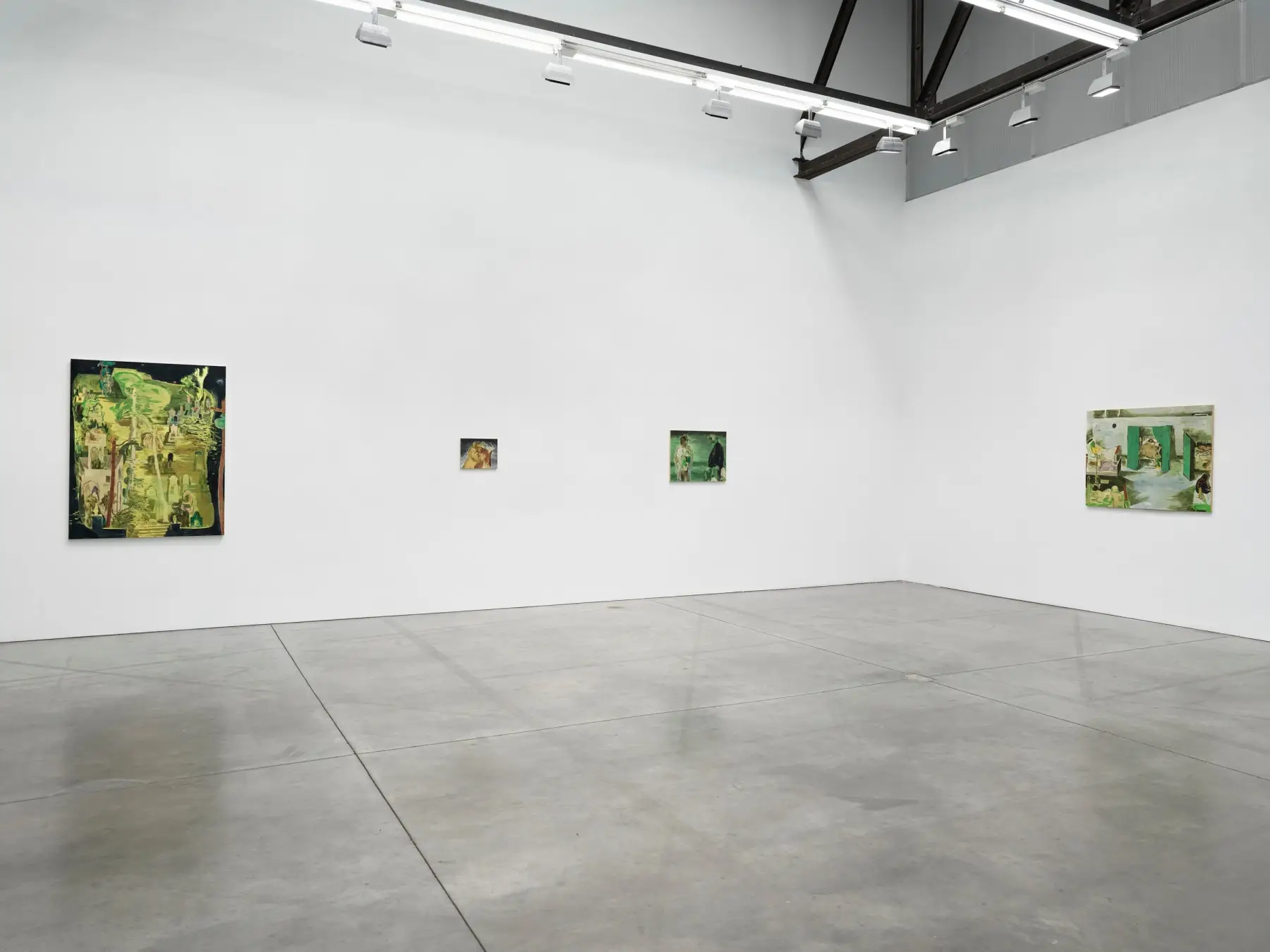
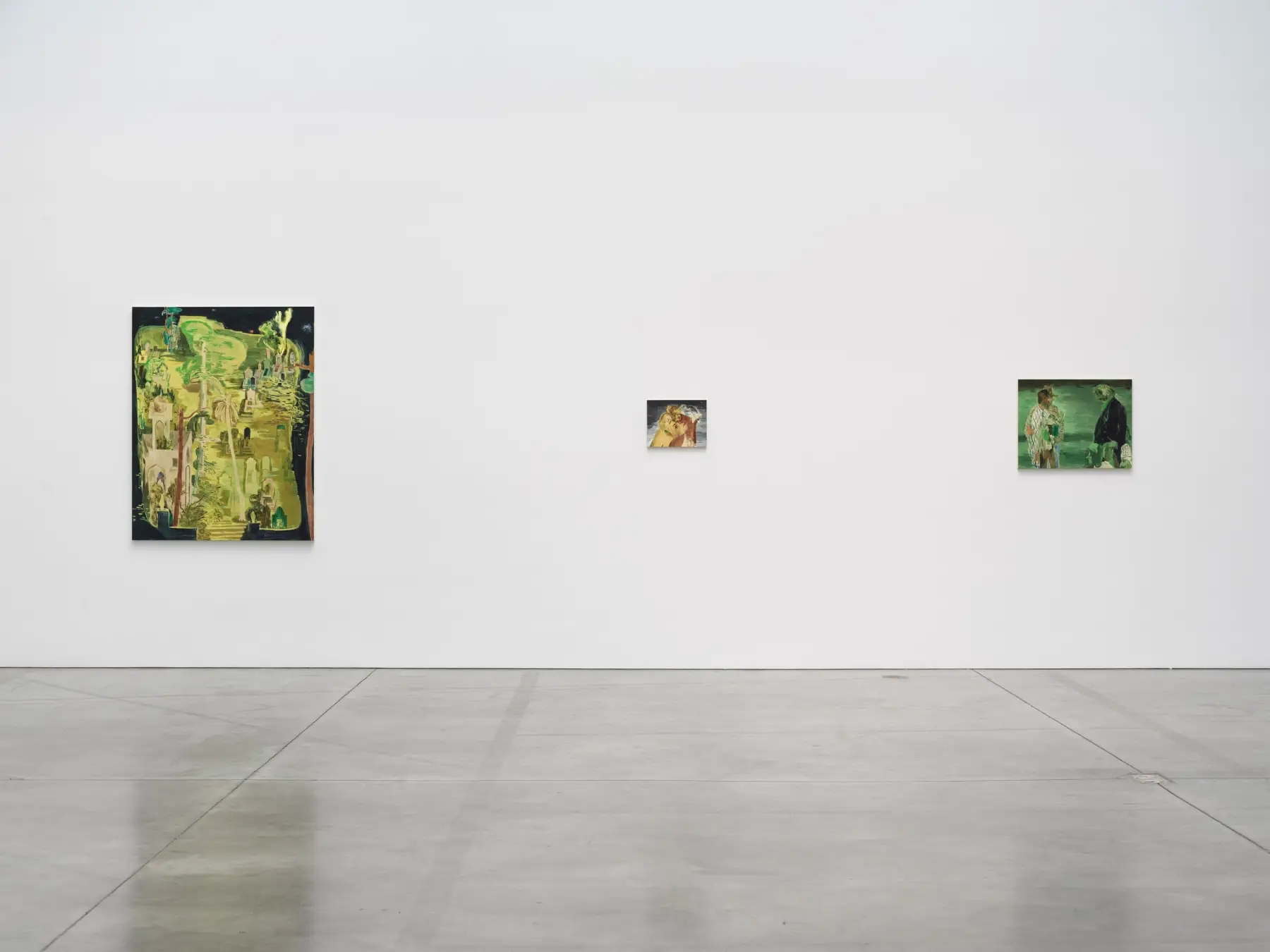
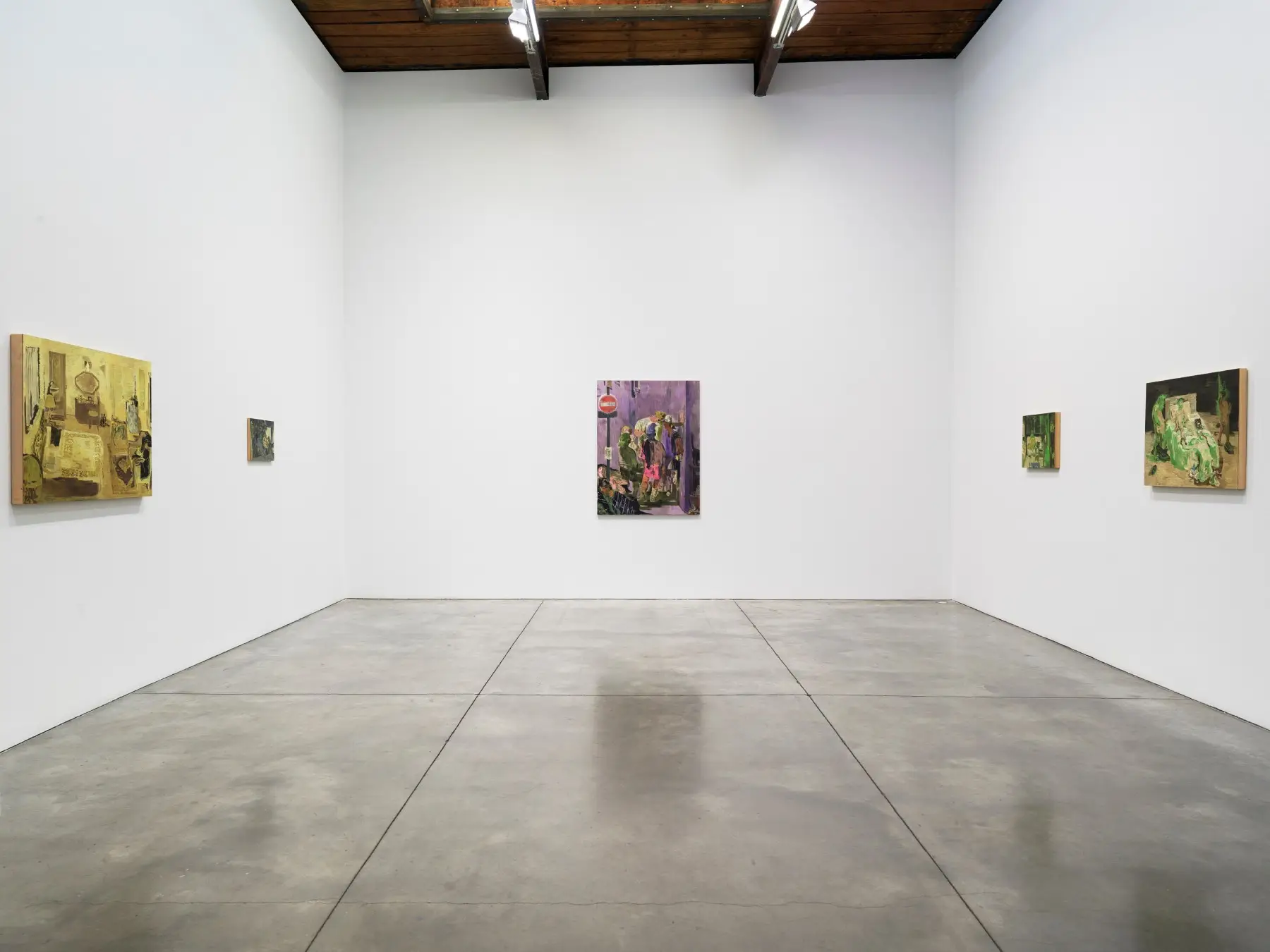
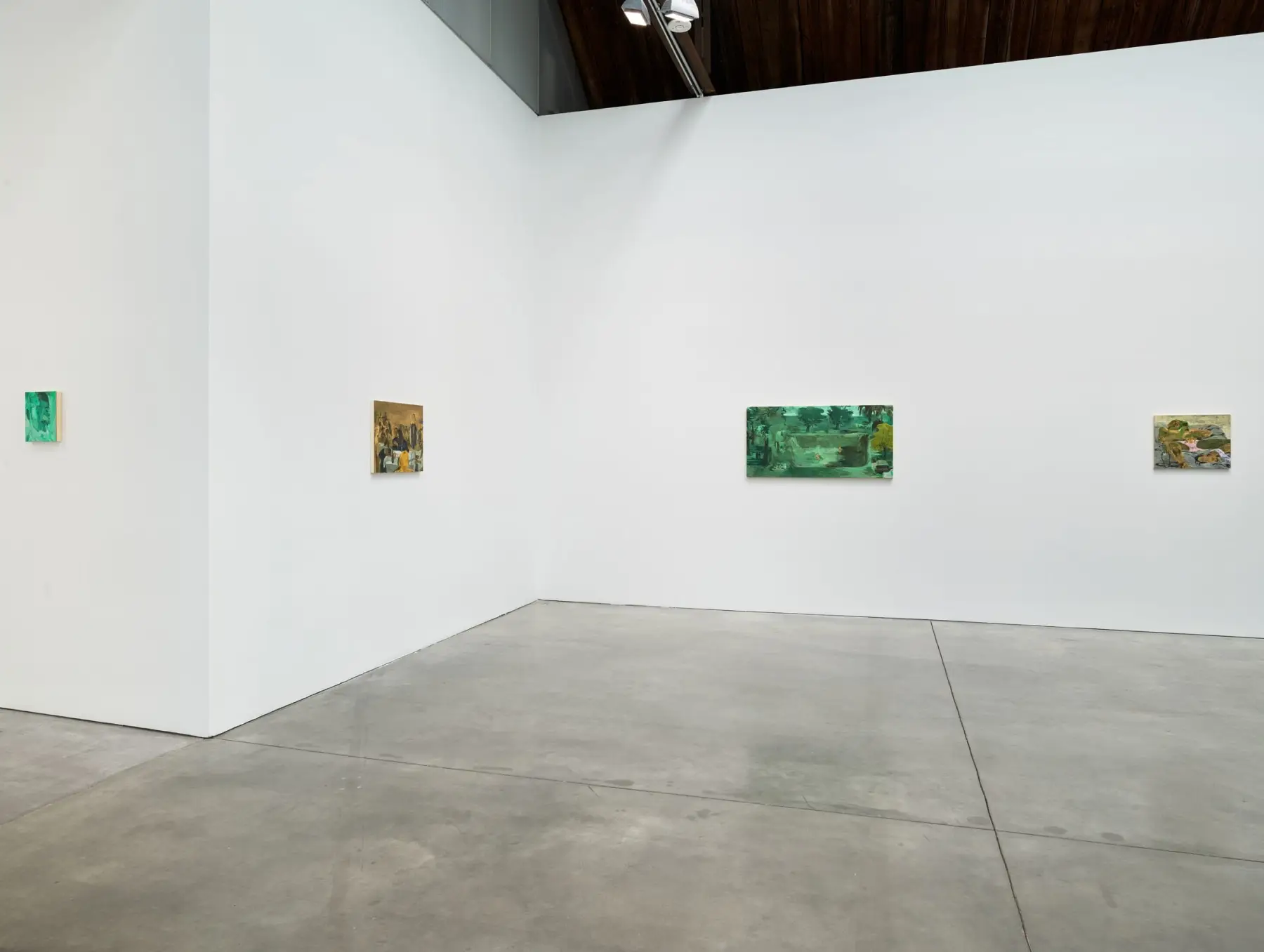

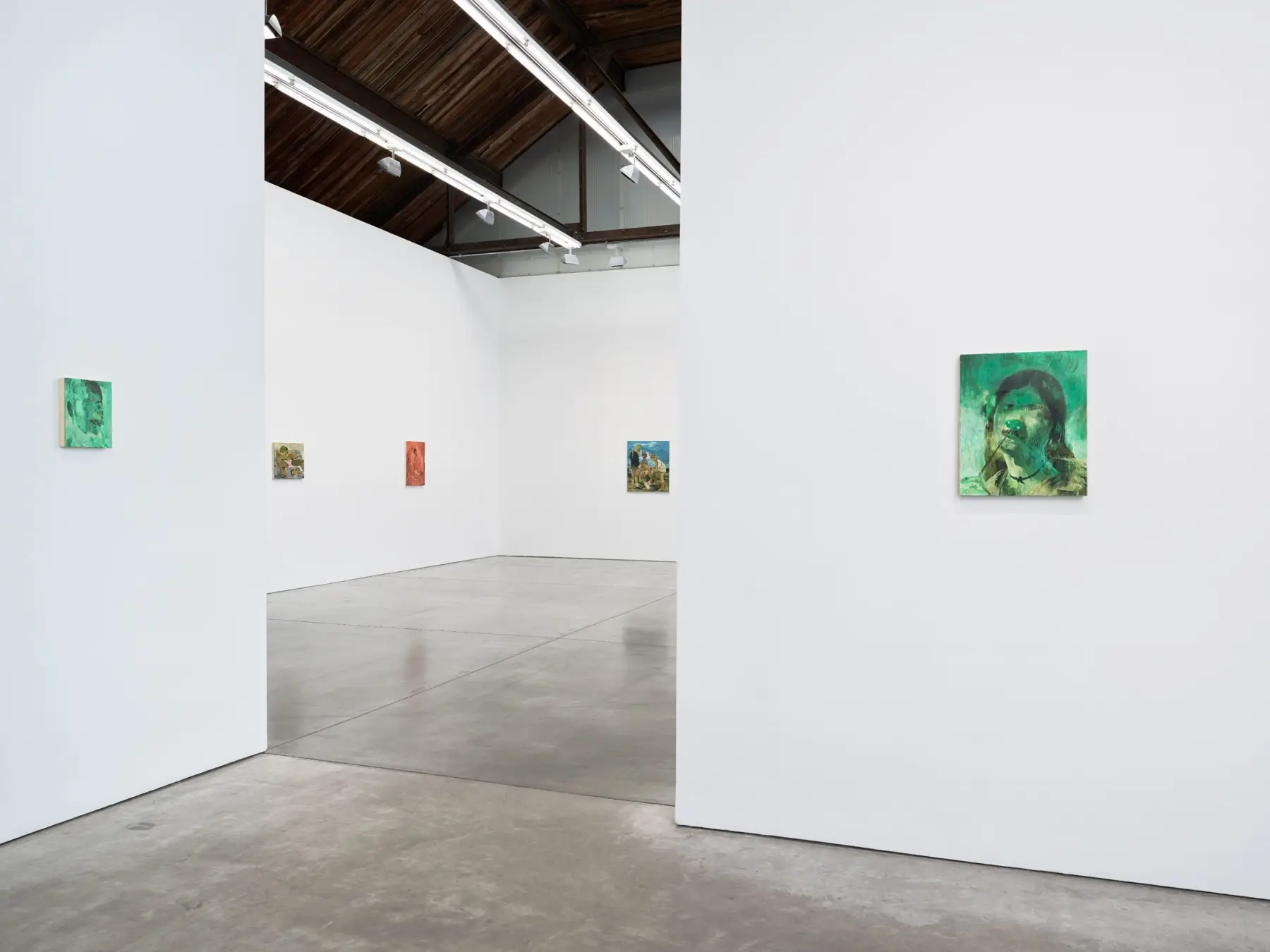
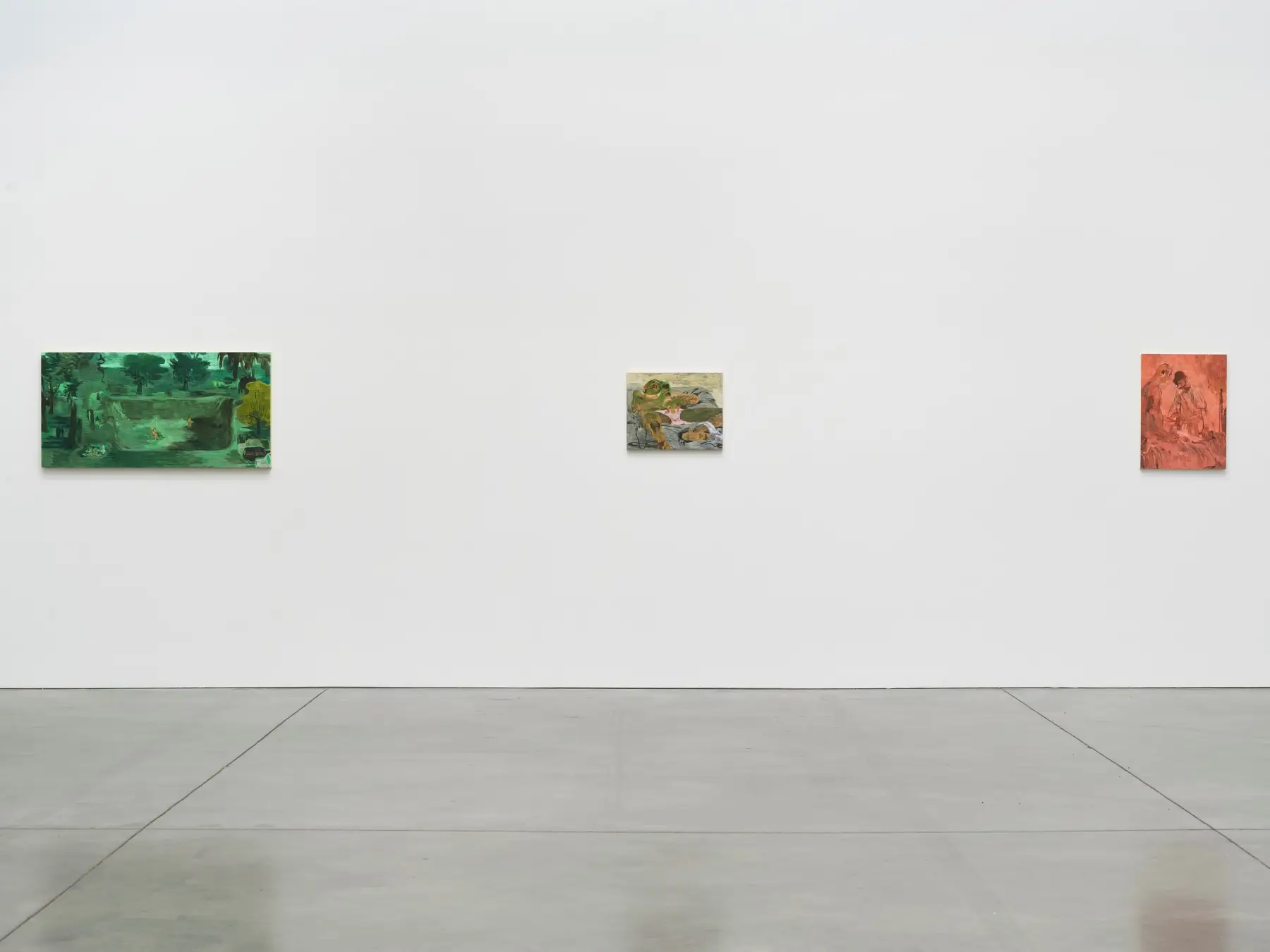
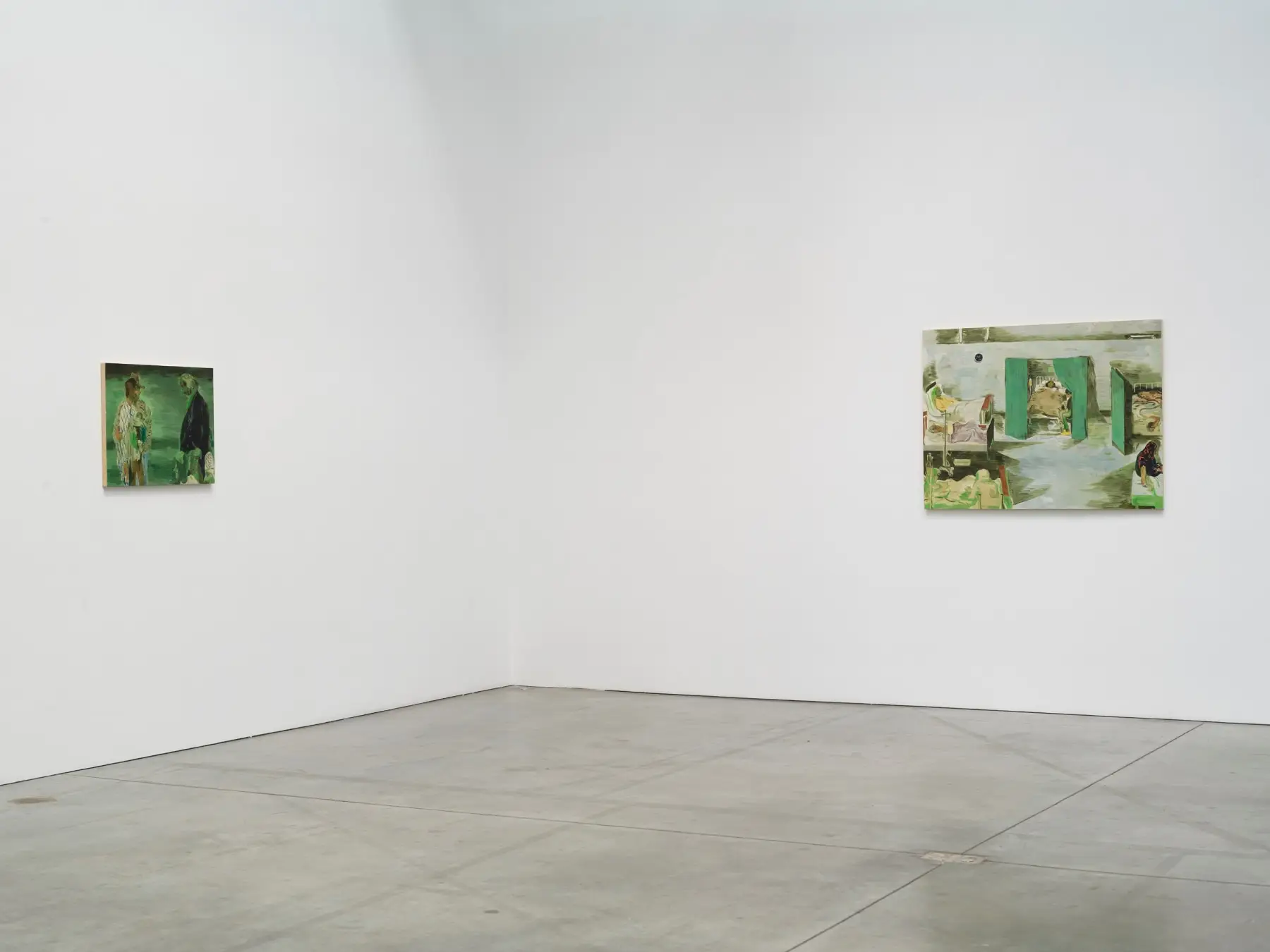
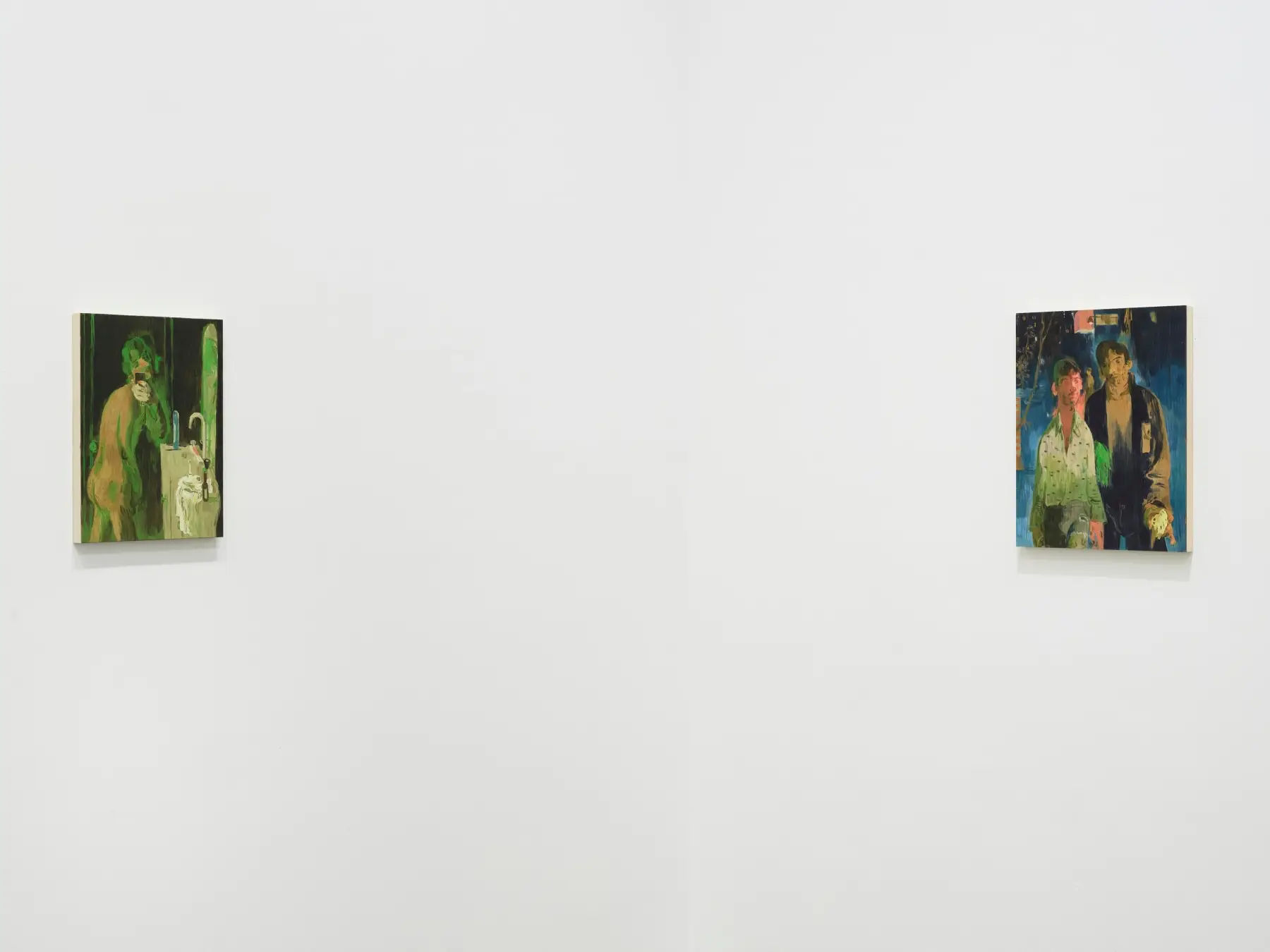
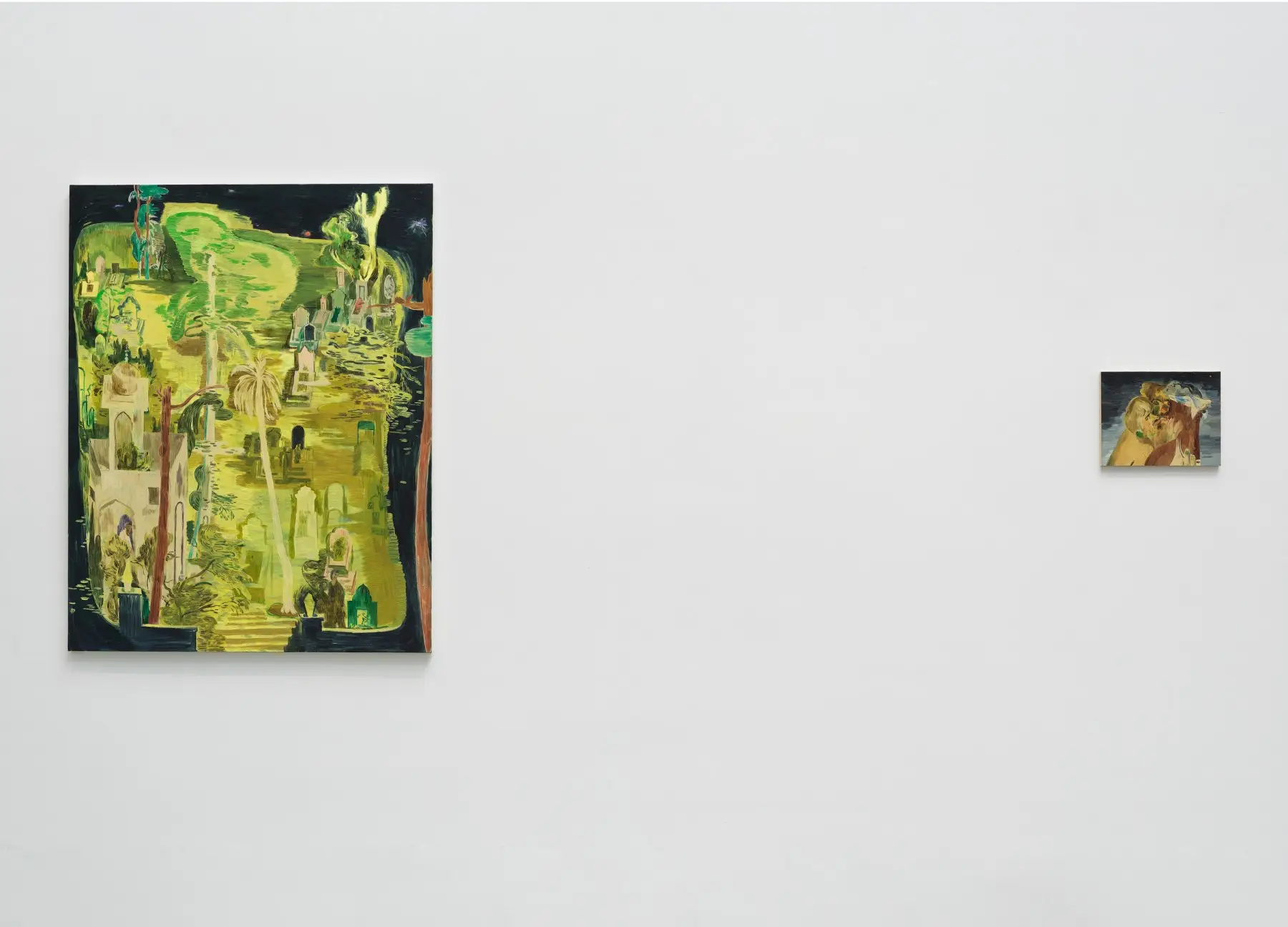
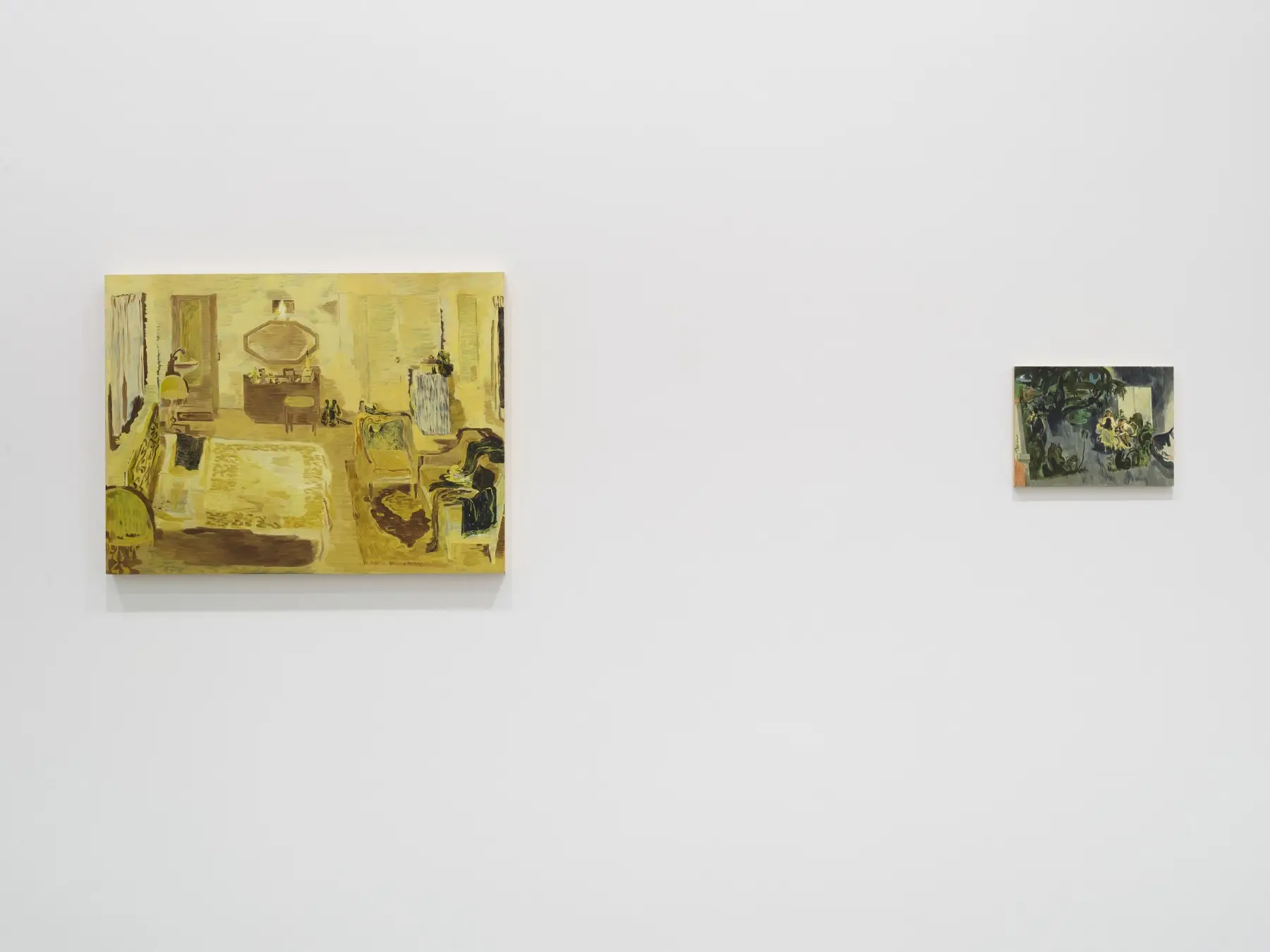

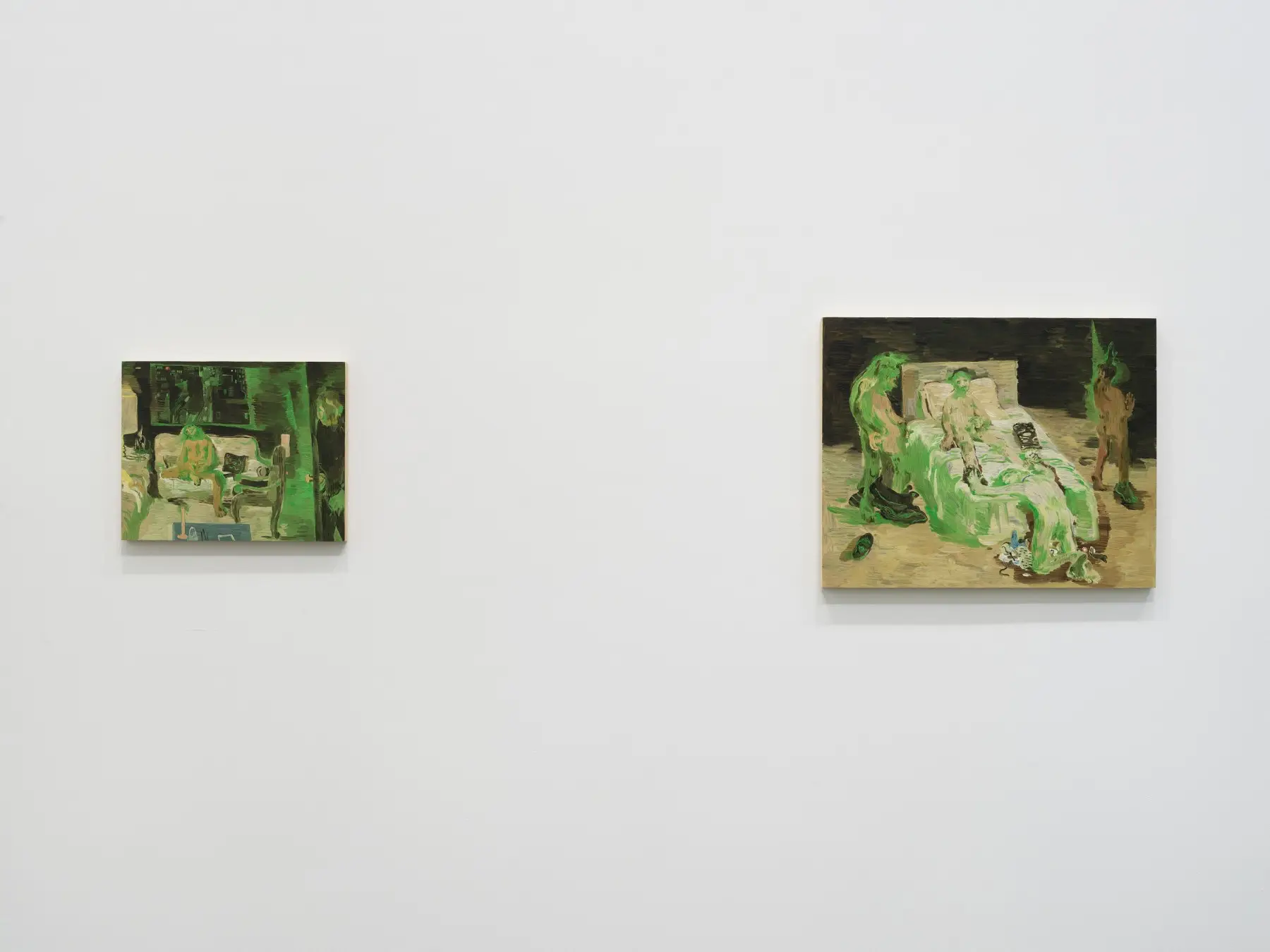
Last Updated on May 28, 2025
- Published on


